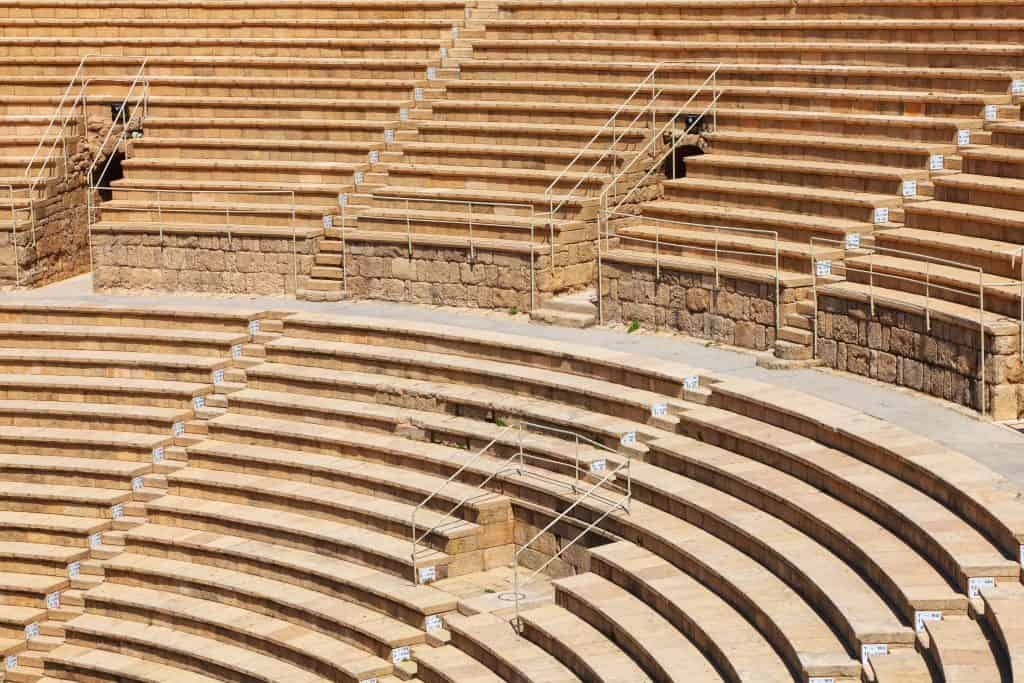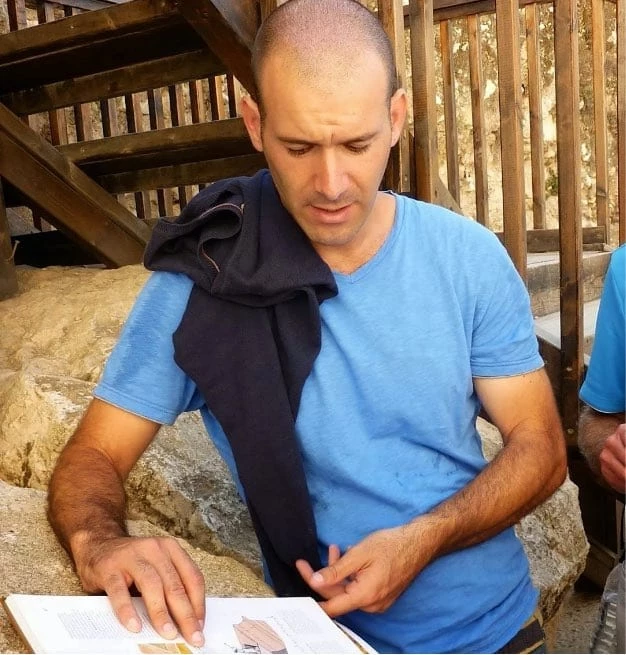The theater in Caesarea Maritima is one of the most ancient and magnificent Roman theaters discovered in the Holy Land. It was built in the time of Herod and was active for centuries until the Byzantine period. The location is chosen very carefully.
Archaeilogical Discoveries in Caesarea
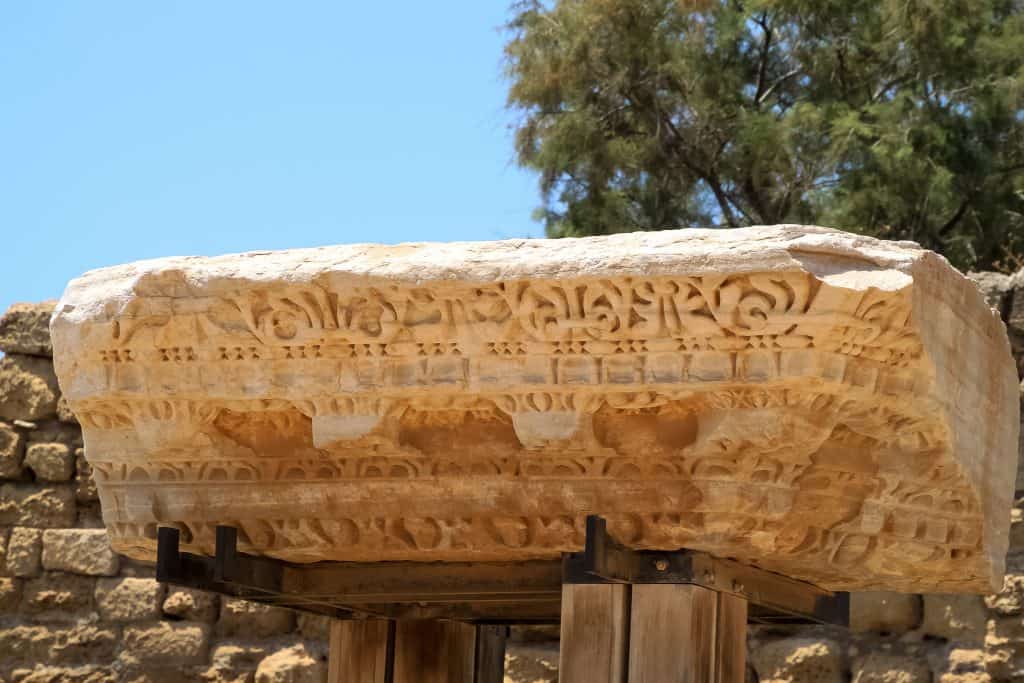
The theater held about 4,000 seats. It was originally built entirely of local sandstone and plaster and later, in the days of Septimus Severus, incorporated marble and porphyry columns. The Italian delegation unveiled the theater in the late 1950s. Among other things, the venues featured mimicry and pantomime performances that included athletics shows and even executions!

More About the Theater at Caesarea Maritima
In the 1961 excavations, the famous Pilate Stone was discovered in the ruins of the Roman theater, dedicating the “Tiberium” to the prefect Pontius Pilate. However, it is not known what Tiberium is, and it is assumed that it is a structure designed to glorify the name of Emperor Tiberius. In other words, some altar. And this inscription was something of a dedicatory inscription honoring the emperor Tiberius. Pilate Stone is currently on display at the Israel Museum in Jerusalem. In addition, there is a replica on site just next to Herod Palace.
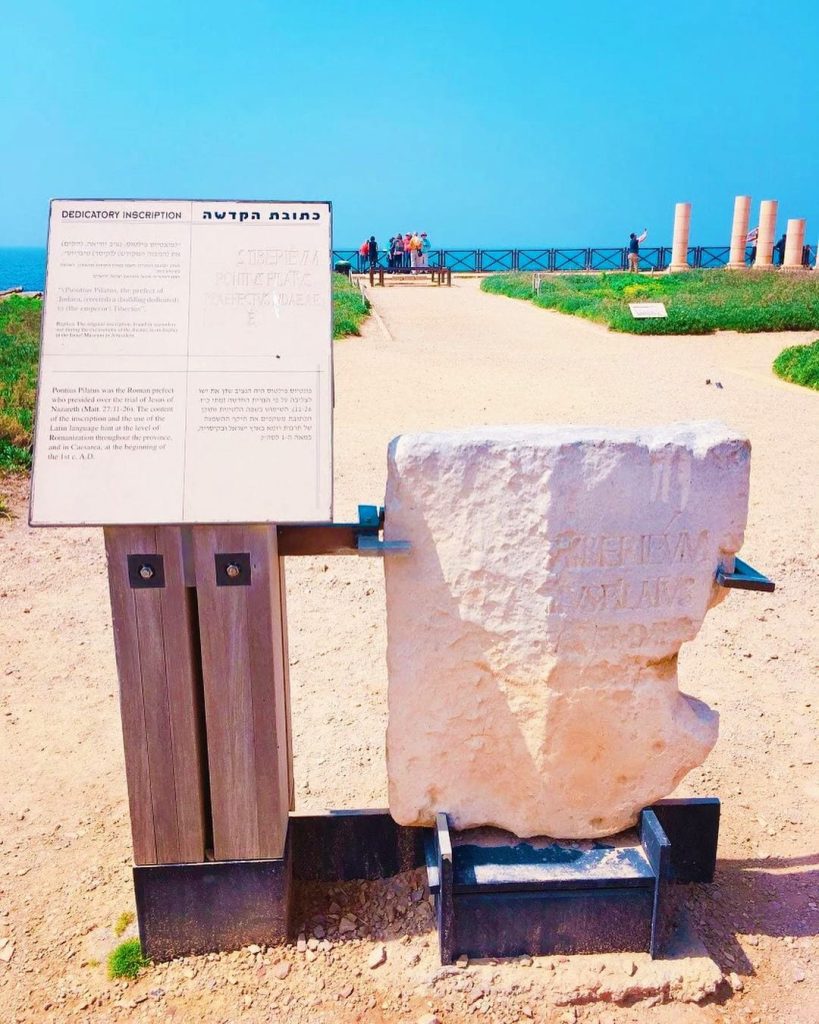
Greek Theaters Vs. Roman Theater
How do we know the theater at Caesarea Maritima is a Roman theater built by Herod and not a Greek theater? Is there any difference between these two types of theaters? So, Roman theatres derive from and are part of the evolution of earlier Greek theatres. Indeed, much of the architectural influence on the Romans came from the Greeks, and theatre structural design was no different from other buildings.

However, Roman theatres have specific differences, such as generally being built upon their foundations instead of earthen works or a hillside and wholly enclosed on all sides. The theaters of Rome had much in common with those of Greece. They were both rounded and had sloping seats to make the play audible to a huge crowd.
Caesarea Day Tour
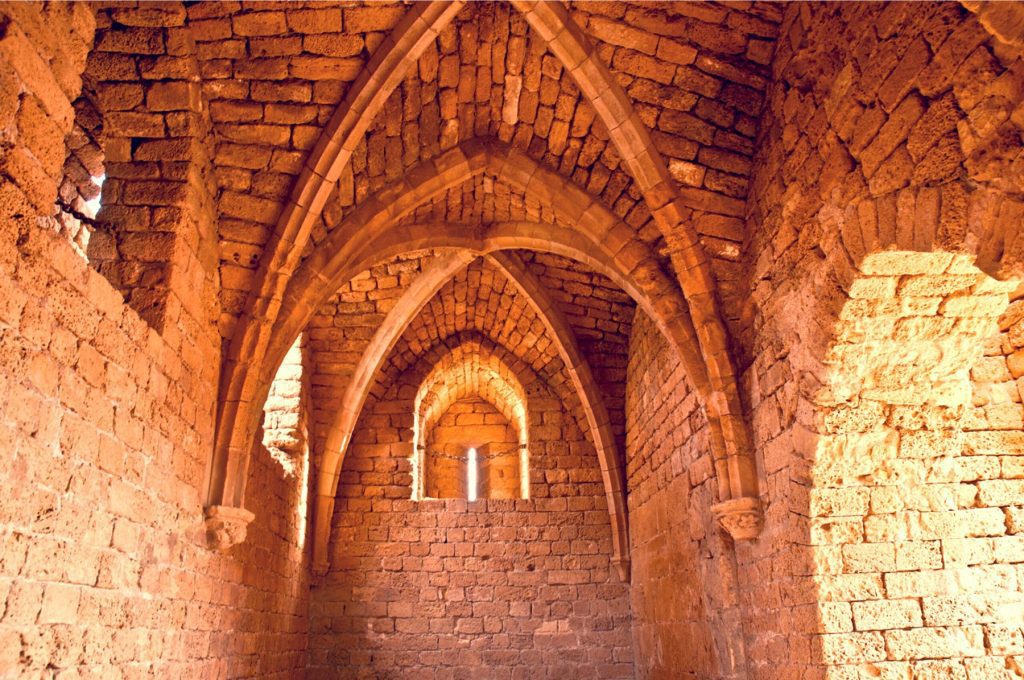
But there are some very distinct differences. Greek Theaters were carved out of a hillside, while Roman theaters were built up from the solid ground using either cement or stone. Also, the orchestra is more significant because the structures were used for other events, which required more space. For example, the Roman Theater at Caesarea Maritima held naval battles in the orchestra area.
